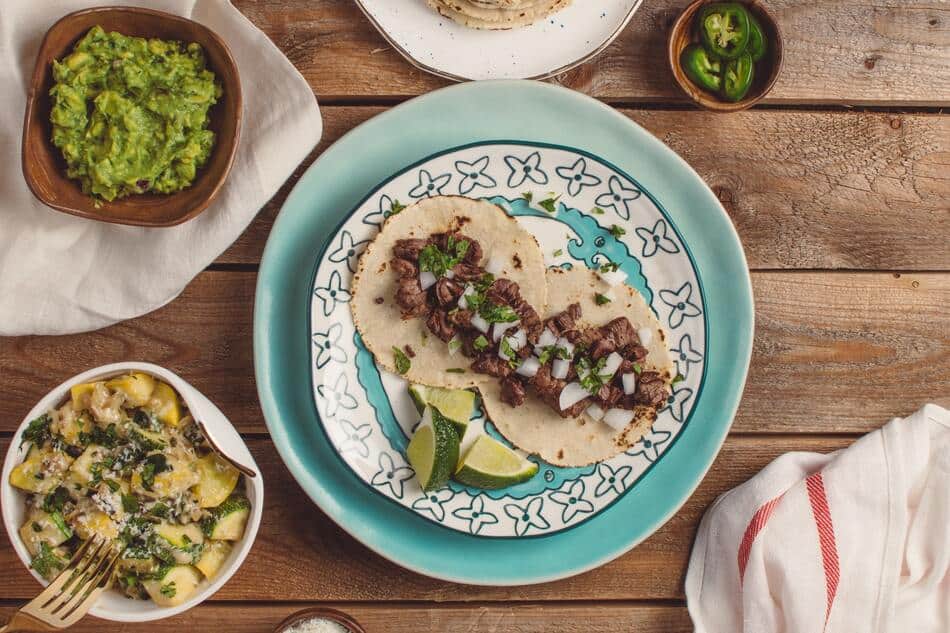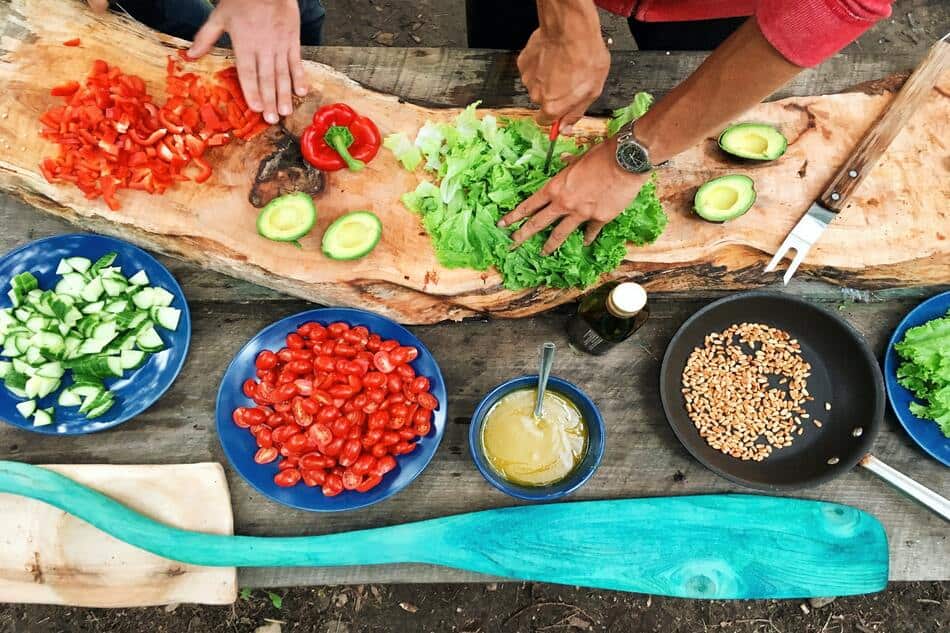Are you wondering if you can cook microgreens? Let’s find out. Microgreens are a type of vegetable harvested when the plant is young – usually when it is between one and three inches tall. The word “microgreen” is a combination of the word “miniature” and “green.” They are similar to sprouts but are grown in soil.
Can you cook microgreens? Yes, you can cook microgreens. There are a few different ways to do so, but the most popular methods involve sautéing or steaming them. Microgreens are quite delicate, so they don’t require much cooking time. Just be sure not to overcook them, as this will cause them to lose their nutritional value. Try adding microgreens to your next meal for a boost of flavor and nutrition!
To be clear – Microgreens are consumable in their raw form too, and you don’t need to always cook them.
Can You Cook Microgreens?
Microgreens are an exclusive type of vegetable and most chefs use them to put in flavor, high nutrients, and touch to their meals.
If you grow your microgreens, you can decide to explore varieties of recipes on how to cook microgreens from the internet, this will allow you to have a foundation on the different ways you can cook and eat your microgreens.
It might be less eccentric than you wanted, but you will add together some things that can help you in preparing your microgreens in your home and at your comfort and convenience!

What Nutrients Does Microgreens Have?
The nutrients that microgreens have are chlorophyll, carotenoids, enzymes, vitamins, and minerals. These are all important for human health, but chlorophyll and carotenoids are especially important because they are antioxidants.
Enzymes are also essential for digestion and metabolism. Vitamins and minerals are essential for many different bodily functions. Microgreens are a great source of these nutrients, and they are easy to grow at home.
Chlorophyll is a pigment that gives plants their green color. It is also an antioxidant, which means it helps to protect cells from damage. Carotenoids are another type of pigment found in plants. They are responsible for the yellow, orange, and red colors of fruits and vegetables. Carotenoids are also antioxidants.
Enzymes are proteins that help chemical reactions occur in the body. They are important for digestion and metabolism. Vitamins are essential nutrients that the body needs in small amounts and are involved in many different processes, including growth, immunity, and reproduction. Minerals carry out important roles in the body, like, metabolism, bone health, and blood clotting.
How Can You Cook Microgreens?
You can cook microgreens in many ways, but some of the most popular methods are sautéing, stir-frying, and adding them to salads. Microgreens are also a great way to add flavor and nutrition to smoothies and soups. When cooking microgreens, be sure to not overcook them as they can become bitter. Gently cooking them until they are wilted is usually the best way to go.
Besides cooking your microgreens, other ways you can use them are in pesto, as a microgreen powder, in juices or smoothies, and also as a salad topper!
Here are some recipe ideas to get you started:
- Sautéed Microgreens with Garlic and Lemon
- Microgreen Pesto
- Stir-Fried Microgreens with ginger
- Microgreen Powder
- Green Juice or Smoothie with microgreens
- Salad with citrus vinaigrette and Microgreen
- Microgreen and Goat Cheese Crostini
Does Heat Affect Microgreens?
When microgreens are exposed to heat, whichever kind of heat, either by frying, spoiling or heating, causes the plant cells to break down and release their contents. This can lead to wilting, loss of flavor, and a decrease in nutrient content.
Heat also speeds up the aging process, causing microgreens to lose their crunchiness and vibrant color. To prevent these effects, it’s important to keep microgreens cool and store them properly. In choosing a location to grow microgreens, make sure it has good air circulation and is out of direct sunlight. If you’re growing microgreens indoors, use a fan to help circulate the air. When storing microgreens, put them in the refrigerator or a cool, dark place. Be sure to check on them regularly and use them as soon as possible for the best flavor and nutrition.
Eating Microgreens Cooked Vs Eating Microgreens Raw
Microgreens have many health benefits, including the fact that they are packed with nutrients, and also versatile, and can be eaten cooked or raw. So, which is better?
Cooking microgreens can help to release some of their nutrients, making them more bioavailable for the body to use. Raw microgreens may still contain some nutrients that are not available to the body when they are cooked, so, it depends on what nutrients you are looking for and how you plan to prepare your microgreens. If you want to maximize the nutrient content, eating them raw may be the best option. However, if you are looking for specific nutrients, cooking them may be a better choice. Ultimately, it is up to you and your personal preferences. Try both ways and see what works best for you!

Best Microgreens To Cook With
There are many different types of microgreens, each with its unique flavor. Here are some of the best microgreens to cook with:
1. Arugula:
Arugula has a peppery flavor that can add a nice zing to any dish. You can add it to salads, pasta dishes, or pizzas.
2. Beets:
Beets contain a sweet earthy flavor that pairs well with other vegetables or fruits. Try adding them to your smoothies, salads, or main dishes.
3. Broccoli:
Broccoli is slightly bitter to taste, but it goes well in savory dishes like pasta dishes, or soups.
4. Celery:
Celery has a mild and slightly sweet flavor that goes well with most vegetables and fruits. Celery can also be added to smoothies, salads, or main dishes.
5. Chives:
Chives possess a mild onion flavor that goes well in many different dishes. You can add them to your soups.
6. Cilantro:
Cilantro is a microgreen with a fresh and slightly citrusy flavor that can brighten up any dish. Adding cilantro to salsa, guacamole, or main dishes will make a good combination
7. Mustard Greens:
Mustard greens are slightly spicy and have a spicy flavor that goes well with stir-fries, pasta dishes, or soups.
8. Radishes:
Radishes have a sharp and slightly spicy flavor that can add a nice zing to any dish.
To Conclude
Microgreens can be cooked as they can be eaten raw, when it comes to microgreens, there are two schools of thought: Some people believe that you can cook them the same way as regular greens, while others maintain that they should only be eaten raw. I’ll leave the final verdict up to you, but we recommend giving both methods a try and seeing which you prefer, but, be sure not to overcook them, so as not to kill lots of their nutrients.
PEOPLE ALSO ASK:

